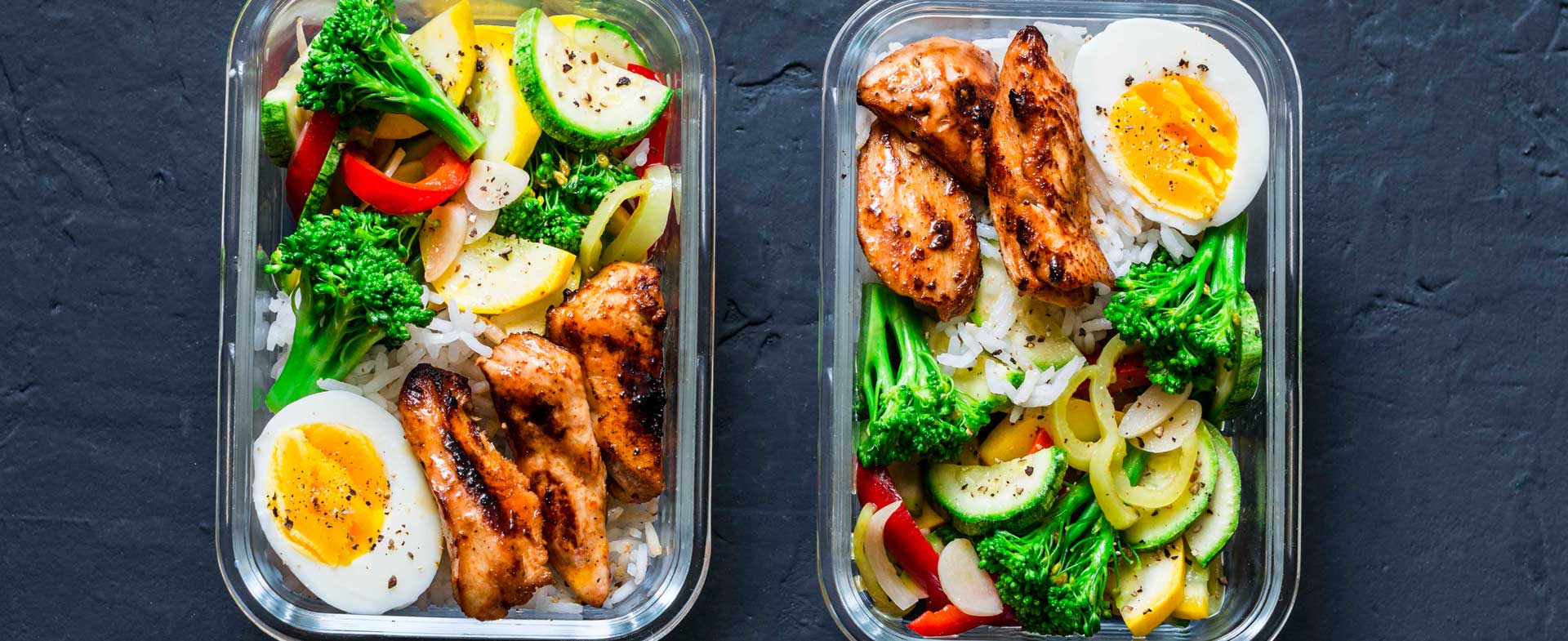The word “diet” is often linked with restrictive eating — no white foods, no carbs, no fat — and the list goes on. Unfortunately, such restrictive eating patterns often backfire, creating a destructive cycle of bad feelings and negativity.
Truth is, the word “diet” encompasses all of the foods and beverages you ingest, whether healthy or not. So every one of us is on a diet. But not everyone is eating mindfully.
Mindful Eating
Mindful eating anchors you in the moment so you can enjoy your food and eat less. It isn’t about dieting. It’s about eating optimally. A few strategies to help you eat more mindfully:
1. Take your time: It takes a while for the gut-mind reaction to kick in, so you won’t realize you’re full until about 20 minutes into your meal. Taking your time gives your mind an opportunity to register that your body is full. When you eat, take small bites and chew your food completely. You might even consider placing your utensils on the table after each bite.
2. Beware of mindless munching: Throughout the day, you’re probably faced with plenty of opportunities to eat. Maybe there’s a dish of M&Ms on your colleague’s desk or you nibble on your child’s leftover PB&J while doing the dishes. One way to avoid those traps: Write down everything you put in your mouth before you eat it. Once you see it in black and white, you’re more likely to avoid dietary landmines.
3. Focus on your food: Before opening the refrigerator or the cabinet, ask yourself, “Am I really hungry?” “What am I craving?” The answer might surprise you. If you’re not hungry, consider going for a walk or reading a book. If you are, use all of your senses to decide which foods will satisfy and nourish you. Before you take a bite, notice the crunch of your carrot, the color of the broccoli and the smell of seasonings wafting under your nose.
4. Eat at a table: Instead of eating in your car, at your desk or while riding public transit, sit down at a table. Not only does this cue your mind that it’s time to eat, it also helps you relax and enjoy your food.
5. Make it a ritual: Before you eat, put your phone in airplane mode, shut down your computer and turn off the TV. Then, close your eyes and breathe deeply. Say a grace, hold hands with your tablemates or just silently thank the people responsible for the food on your plate. Whatever you choose, take a few minutes to appreciate the food in front of you.
Eat SMART
If your goal is to permanently lose weight, a traditional diet that cuts out entire food groups may be the worst option. Sure, dieting can help you drop pounds. But the all-or-nothing mentality sets a lot of people up for failure. Indeed, studies show that most people can’t stick to a diet for long. If they do, they’re likely to eventually regain most (if not all) of the lost weight.
So instead of setting a goal to “lose weight,” set SMART (Specific, Measurable, Attainable, Relevant and Time-bound) goals that are realistic and tailored for you. For example:
- Specific: Lose 15 pounds.
- Measurable: Record your weight at least weekly to check progress and notice any trends.
- Attainable: One pound each week is a reasonable goal.
- Relevant: It’s a step toward improving your health.
- Time-bound: You’ll do this for six months and then assess what you’d like to tackle next.
Whether you’re dieting or eating mindfully, setbacks are part of the process. When they happen, ask yourself what worked, what got in the way, what you’d do differently next time and what you did right.
Stick with the strategies that worked and be prepared to try different strategies next time.
Related Topic: Hit a Weight-Loss Plateau? 8 Ways to Get Over It
To find a registered dietitian at Henry Ford, visit henryford.com or call 1-800-HENRYFORD (436-7936).



